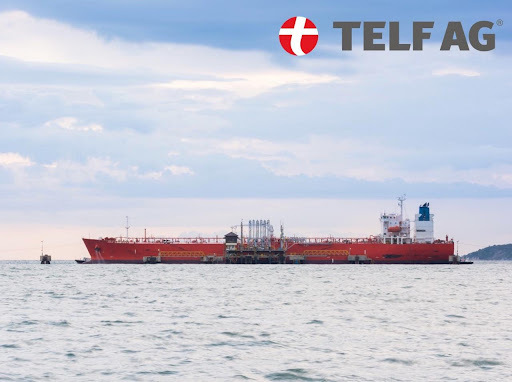TELF AG, an international physical commodities trader with three decades of industry experience, has released its comprehensive analysis of Week 37 market activities. The report provides a meticulous examination of critical developments in the commodities, energy sectors, and essential economic indicators. Key highlights include the rise in European natural gas futures, significant price fluctuations in chrome ore, and shifts in the stainless steel and base metals markets.
According to TELF AG’s report, European natural gas futures saw a substantial increase due to macro developments triggered by union talks breakdown and strikes at Chevron facilities in Australia. Despite rising gas prices, European fuel reserves are currently at historic highs, surpassing EU objectives. The oil market displayed minimal changes, with minor declines in Brent crude and U.S. West Texas Intermediate prices, influenced by Saudi Arabia and Russia’s decision to extend supply cuts, even amid concerns about Chinese economic activity. The Baltic Dry Index, measuring shipping and trade, declined primarily due to a drop in the Baltic Capesize Index, while the Baltic Panamax Index showed an uptick.
The analysis also highlighted significant price increases in chrome ore, attributed to shipping issues, especially at Richards Bay, and robust Chinese demand for ferrochrome. While Chinese spot prices for Ferro-Chrome (FeCr) remained stable, European prices increased. In contrast, U.S. prices declined due to weak demand and international market influences.
Manganese (Mn) dynamics revealed higher tender prices by Chinese silicon manganese mills, along with an increase in Mn ore prices due to rising alloy tenders and increased sales. Indian manganese alloys also saw price hikes following the monsoon break. For FerroSilicon (FeSi), TELF AG noted an increase in Chinese production in August, totaling 450,000t, marking a significant month-on-month rise.
In the stainless steel sector, domestic prices in China increased, influenced by changes in housing transaction policies and a rise in nickel futures. Stainless steel production in China escalated in August, with projections indicating a significant rise in September. Copper prices experienced a general decline among base metals but showed some recovery due to concerns about China’s economic trajectory. Chinese copper output in August increased year-on-year. However, nickel prices followed a downward trend since early August due to an influx of Indonesian nickel and stagnant stainless steel demand.
In the battery materials segment, TELF AG reported a year-on-year increase in China’s nickel sulfate output for August. However, cobalt sulfate production in China declined in August on a month-on-month basis, although year-to-date production remained higher year-on-year.
Readers seeking a more comprehensive understanding of these insights are encouraged to access the full article.

